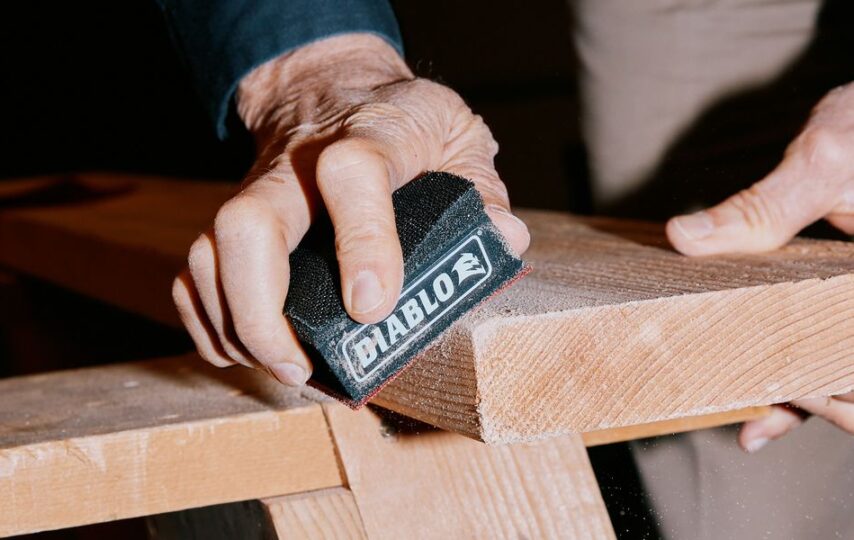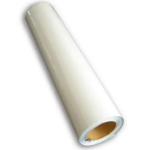All sanding is not made equal. There are actually people who genuinely enjoy the sanding process, despite the fact that many woodworkers loathe it, especially when it involves hand sanding. Sanding has a contemplative quality to it. You can stop sometimes to feel the surfaces and take note of where additional care is required.
The satisfaction of transforming a curved or uneven surface into a smooth surface is another aspect of sanding that some people like. We can use a belt sander, sheet sander, or random orbital sander to speed through the procedure when sanding flat surfaces like a tabletop.
Whether before or after assembly, it becomes very pleasant to witness the results of your labor to level up those uneven wood surfaces and get them ready for the finish you’ve chosen.
However, sanding uneven surfaces like a rotating spindle or a complex curving cut might cause us far more stress because most of our power sanding tools will not work effectively in this case.
For the purposes of this article, let’s concentrate on sanding on uneven surfaces, which includes hand-sanding, and pressing sandpaper into curves or other irregular shapes.
Tips for Sanding Uneven Surfaces
A different tool and method are needed when sanding uneven surfaces. When sanding uneven surfaces, you must do the following crucial steps:
Make use of a flexible sanding product. You must employ a strategy for sanding uneven surfaces that enables you to delicately follow the project’s contours, cramming into small spaces, and adhering to the piece’s profile.
Move forward through the grits. You will need to progress through the grits in stages when sanding uneven surfaces, beginning with coarse grit and moving to a finer grit as you go, just like with other types of sanding. To obtain a smooth finish, the contours should be sanded with the same grit as the rest of the product.
Hand Sanding Uneven Surfaces
- Sanding Mops. Sanding mops can actually be a DIY project, especially with sanding uneven surfaces, if you are motivated and interested because they are composed of a variety of materials. Sanding mops are typically composed of materials that are flexible and can adjust to the surface being sanded. The j-weight flexible fabric is one such material.
They are ideal for sanding complex and asymmetrical items, as well as curves and profiles. They can quickly remove burs and rust and are used in metal and woodworking.
A sanding mop will help you smooth out those curves and get them ready for the finish of your choice whether you have a drill press, a regular drill, or even a lathe. There are several different grits of sandpaper available for sanding mops. As with any sandpaper and sanding projects, a lower grit sanding mop is used to smooth out an uneven surface, and ever-increasing numbered, finer grits are used after that to get to the finish grit.
Sanding mops are a practical and affordable shop item that can be used to prepare tight, curved or irregular surfaces for finishing.
- Cards. Cards can actually be of help with those tight spots and grooves that a power sander can’t reach. Using cards as an alternative to sandpaper or as a sanding block will make it easier to sand into those grooves and tight spots for you.
It can be challenging to reach corners and grooves with only sandpaper and a flathead screwdriver. This credit card tip is useful for sanding uneven surfaces, the uneven edges of chair legs, or table tops.
As the sanding block, a deck of cards will conform to the shape of the surface you are sanding. As a result, it creates an extremely flexible yet solid foundation for holding sandpaper against curved surfaces.
However, a deck of playing cards can be used in place of your credit card if the shape is so atypical. Sandpaper and cards will conform to the shape of the item being sanded. This clever method uses a deck of playing cards as a flexible yet sturdy platform to hold sandpaper against curved surfaces.
- Sanding Stars. A sanding star is a great tool to use for sanding wood that has been shaped or profiled, molding, curved parts, or textured surfaces. Finish sanding is done with sanding stars, which are made of a very flexible cloth-backed substance.
Sanding stars can be used to smooth out curved and flat surfaces, raised panels, moldings, turnings, and carvings. Without running the risk of harming any fine details of your product, you can even deburr raised grain.
Depending on where you are in the sanding process, sanding stars are available in a variety of sandpaper grits, from the coarser, lower-numbered grits to the finer, higher-numbered grits. Sanding stars should also be utilized with a drill press or the power drill in your shop.
Sanding stars are also cheaper to use. You can buy a pack with already three sanding stars in it at a reasonably low price.
- Sanding Blocks. It might seem a little unnecessary to include soft sanding blocks after providing some unconventional solutions for sanding uneven surfaces. But in reality, it is not the case.
For specific workpieces, soft sanding blocks are available in a wide range of sizes, forms, and profiles. These sanding blocks are suited for convex items, curved pieces, and more. They are lightweight and strong. They glide across various surface levels without tiring the arms or hands, are resistant to the majority of solvents, and almost completely prevent gouging.
With the aid of soft sanding blocks, baseboard or crown molding, oddly shaped table or chair legs, and more, may all be made smooth. Sanding can be done up to and underneath difficult-to-reach areas thanks to their tapered edges.
Despite the fact that many woodworkers detest the sanding process, especially when it includes hand sanding, there are others who genuinely like it. Sifting has a meditative feel to it. Sanding uneven surfaces gives to some individuals an enjoyable feeling of satisfaction of changing a curving or irregular surface into a smooth surface.





